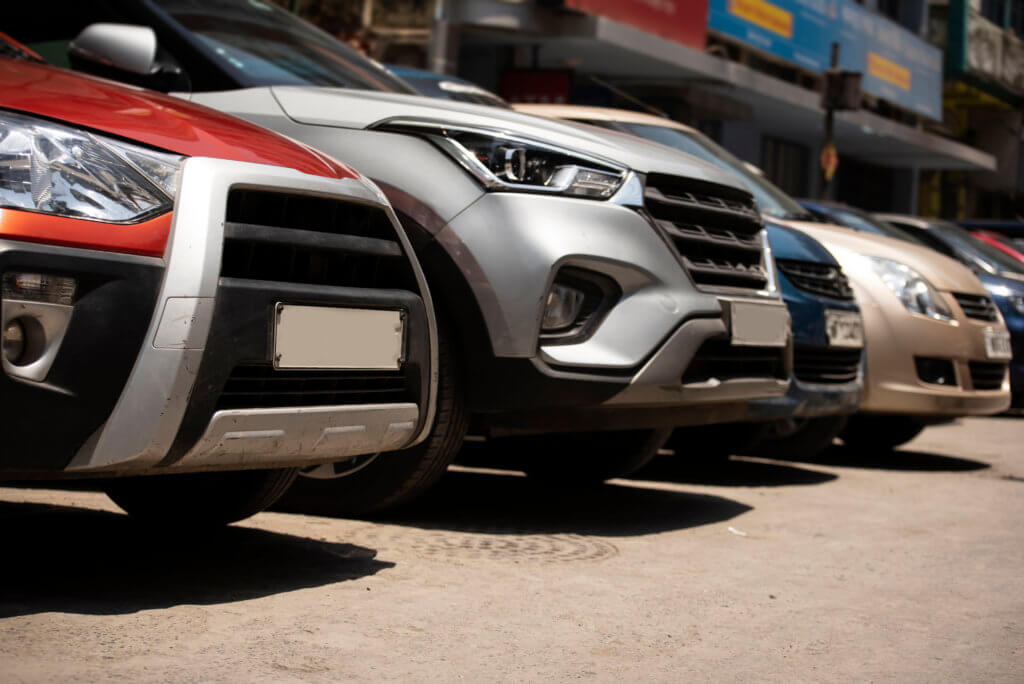DECEMBER EUROPEAN CAR SALES
Summary
- Another exceptionally strong month in the UK brought 2001 West European car sales to almost 15 mn units, a gain of 0.3% on 2000.
- The German market ended with a relatively weak month, as the dearth of recent orders began to show up in the form of lower registrations.
- France and Italy also contributed to a strong selling rate in the final month, though the Italian numbers overstate the true strength of the market.
- Warning lights flash for the Spanish market, after a weak end to a strong year.
- Only 5 out of 17 national markets showed rises in 2001, and of these only three (the UK, France and Spain) were significant. One of the smallest markets (Ireland) produced one of the largest absolute declines, of more than 65,000 units, while the Dutch market fell by a similar amount. Scandinavian markets also fell sharply.
The selling rate in December once again exceeded 15 mn units/year, as it had done throughout the final quarter. A weak start to 2001 (the selling rate averaged only 14.7 mn units in January-April) gave way to recovery in the middle of the year, and this recovery has been sustained in recent months. There is still no sign of recession in these figures, though in some countries manufacturers may be supporting the market by aggressive marketing.
“2001 .. was the second-best year ever for the West European car market” |
We remind readers that our figures differ from those presented by Acea in the following ways. Firstly, we include Spanish and Portuguese sports utility sales, which are separately reported by the national data sources, and which amounted to some 87,000 units in 2002. (In the rest of Europe, it is normal to include most SUVs with cars). ACEA counts these as commercial vehicles. Secondly, we include an estimate of non-dealer sales in the UK, which we put at just under 70,000 units in 2001. Finally, we believe that the full-year totals for Italy are subject to upward revision of about 20,000 units, for reasons discussed in a footnote below. In total, therefore, we have some 176,000 units more than the figure which is normally used. We apologise if these variances from the accepted source cause confusion, but we believe that our figure gives a truer representation.
How well do you really know your competitors?
Access the most comprehensive Company Profiles on the market, powered by GlobalData. Save hours of research. Gain competitive edge.

Thank you!
Your download email will arrive shortly
Not ready to buy yet? Download a free sample
We are confident about the unique quality of our Company Profiles. However, we want you to make the most beneficial decision for your business, so we offer a free sample that you can download by submitting the below form
By GlobalDataThe chart below shows total West European sales. The squares represent the total number of cars sold in a year, while the hollow dots represent the selling rate in individual months, and the continuous line represents a moving average of these. We indicate the latest two months. The most recent numbers underlying this chart are appended in the table at the end of this note.

After a strong November, the German car market fell back in December. We expect a figure of some 233,000 units for December car sales, which would be 3% lower than last year, and a selling rate of just 3.25 mn, significantly lower than the full-year total for 2001. The final figure for November came in at 277,242, slightly above our initial estimate. The dearth of new orders in recent months has led to expectations of yet another downward correction in the already unusually depressed German market over the next few months. The December figure seems to be the first symptom of this.
The Italian magazine Quattroruote recently commented that if the Italian car market were subject to the same drugs test as an athlete, illegal amounts of nandrolone would be found. The market has been heavily stimulated by manufacturers seeking to meet end-year sales targets. The December figure represents a stellar selling rate approaching 2.7 mn units/year, but this is certainly a freak. More importantly, though, the incoming order data remain relatively reassuring, with the latest three months producing new orders at a rate in line with the current year’s selling rate. Most analysts, including us, expect the market to weaken, but the order data is telling us that any decline is unlikely to be both large and soon.
“we believe that the [french] market is in slow retreat from the [2001] exceptionally high selling rates “ |
The UK produced an exceptional final month to an exceptional year. The selling rate during December was a staggering 2.9 mn units/year. 2001 as a whole saw a steady rise in the selling rate throughout the entire year, so that 2002 starts from a giddy height. Clearly there were some end-year distortions, but it is not obvious that these were more significant than in previous years. Both the Governor and the Deputy Governor of the Bank of England have noted, in the last couple of days, that the current level of consumer spending is higher than can be sustained, and have hinted that, if it does not decline spontaneously, it may be necessary for interest rates to rise. However, there are no indications that consumer spending is about to fall off a cliff tomorrow, even though it is likely to weaken gradually.
Spanish sales ended the year in what appeared to be a healthy state, with a year-on-year rise of nearly 14%. ANFAC have yet to post the December data on their website, but a report in El Mundo on January 3rd gives the results within a narrow margin. The comparison with the previous December is somewhat misleading, since that month was unusually depressed. We call attention to the December selling rate in the Table below, which was well below the outcome for previous months. Spain is thus in exactly the opposite position to the UK, and will start the current year from a relatively low point. The selling rate has been declining since mid-year, but the December result was particularly poor. There were also indications that once again there has been heavy reliance on sales to the rental market.
The result for Greece, like that for Spain, was also well below the recent trend. The Greek market was stimulated, first by some tax reductions, and then by the arrival of low Euro interest rates. The December figures seem to give warning that a reaction is now setting in. The same could be said about the low Portuguese result. Although the estimates for Ireland and the Netherlands show large year-on-year changes, not too much weight should be placed on these, since December is a month of very low sales in both countries, and is subject to large swings. The full-year result for Ireland does, however, give a true picture of a market that has faded from the incredible and unsustainable car sales boom of 2000.
Notes:
- Austria, Denmark, Ireland, Luxembourg and Switzerland are LMC estimates.
- Italy: latest month provisional estimate by Motorizzazione, previous months based on estimate of eventual revisions to Motorizzazione data.
- Spain and Portugal: figures include sports utilities, which are reported separately from cars.
- Netherlands, Germany estimated from data excluding final days of month.
- UK: includes estimates for non-dealer sales.
- The percent change in the final column compares the average selling rate in the year-to-date with the last full year.
- The average of the seasonally adjusted selling rate for an entire year is by definition the total volume of sales in the year.
|









